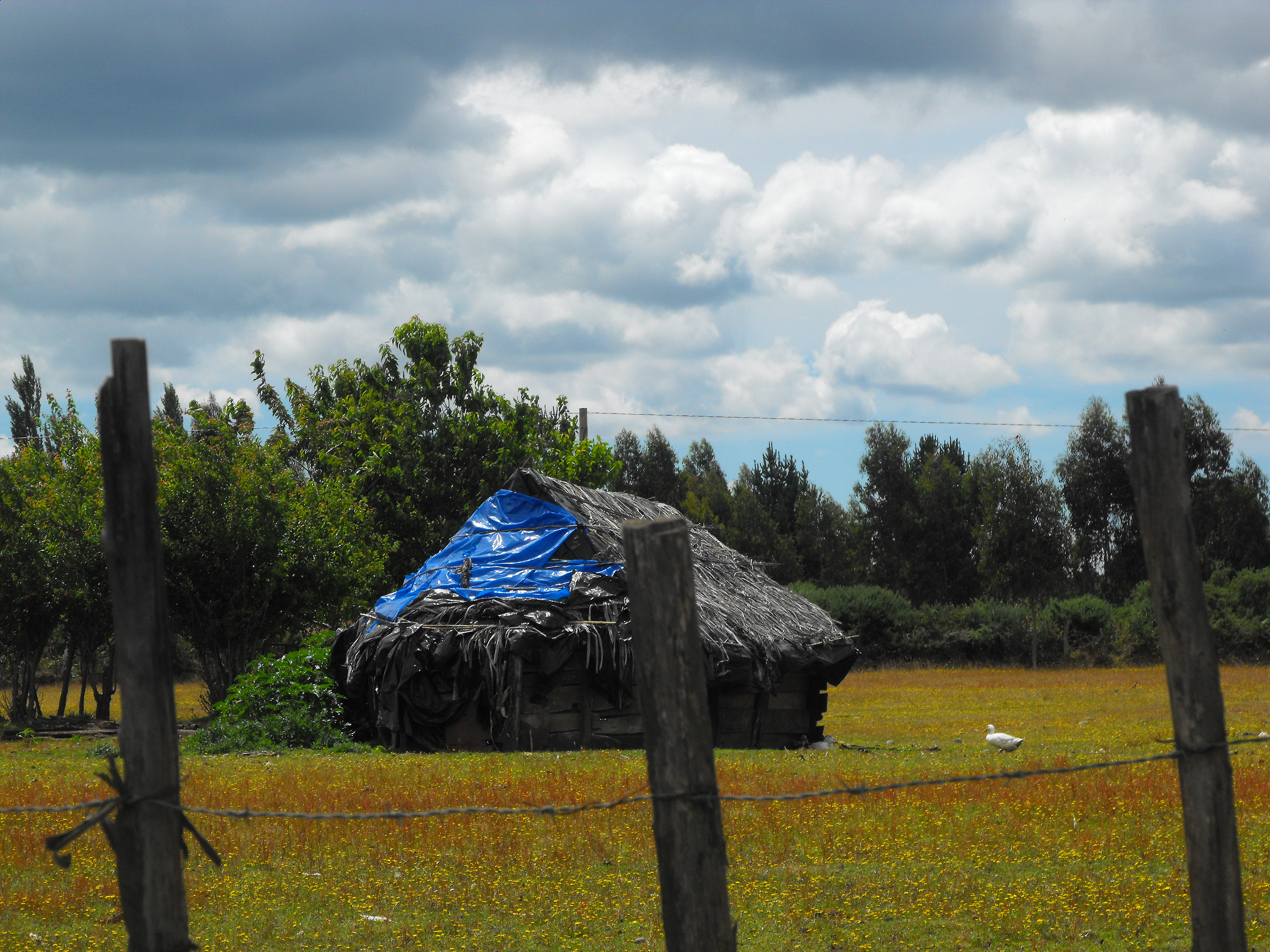This project explores the relationship between forests and society, paying special attention to the relationship of forests and rural households. There is abundant literature on the contribution of forests to the economy of rural household (Vedeld et al 2007;. Das 2010). Thus, phenomena that involve changes in the forests, like the establisment of national parks, landscape changes, and afforestation with exotic species, among others, alo affect the welfare of rural household, identifying that this relationship will depend on the cultural and ethnic characteristics. How does the presence of forest plantation affects life strategies in the context of poverty?
The addressed questions in this study were: Has the presence of national parks a positive impact on the welfare of rural household? What determines the presence of forest plantations in the livelihood strategies in the context of poverty? Is there greater poverty in places with greater presence of forests?
As part of the conclusions, in the following chart there is a map of the spatial distribution of poverty areas and forested areas, highlighting in red those places that have both a high rate of poverty and a high rate of forested area (native forests and forest plantations). This graphic also shows the expansion of this spatial clustering from 1992 to 2002, finding that justifies further investigations on the reasons and consequences of this phenomenon.
